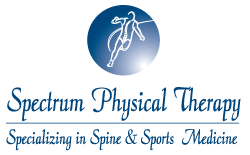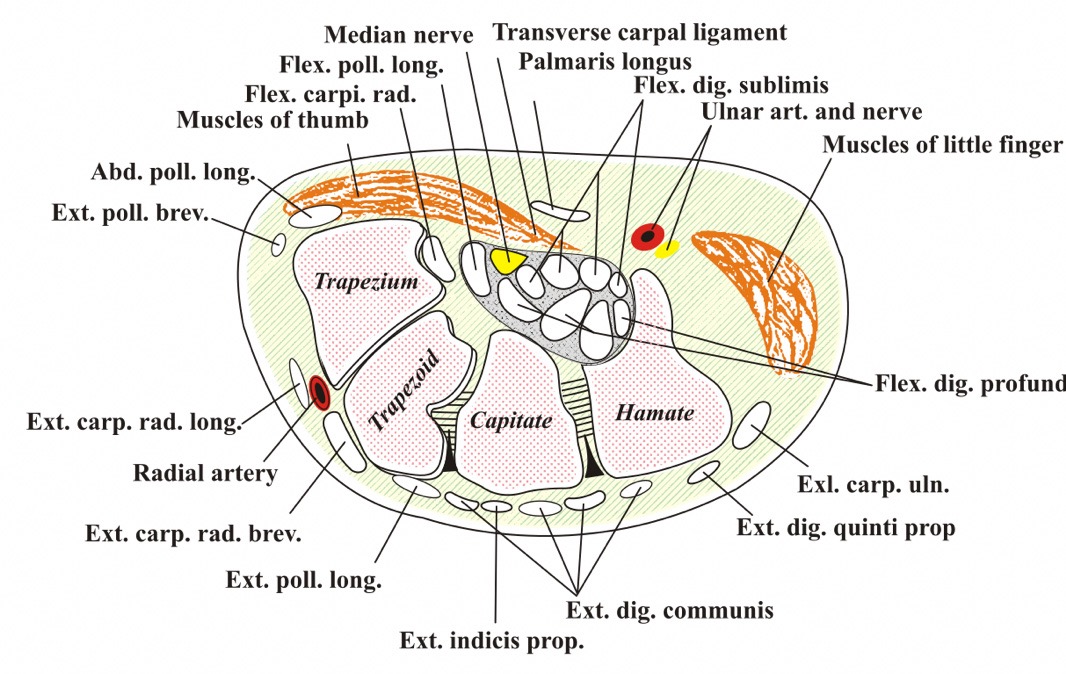
Carpal Tunnel Syndrome
What is Carpal Tunnel Syndrome?
Carpal Tunnel Syndrome (CTS) is a type of injury called a peripheral nerve entrapment. What this means is that it is a condition in which the median nerve gets compressed and irritated as it passes through a structure called the carpal tunnel, located on the palm side of your wrist. The carpal tunnel is formed by the carpal (wrist) bones and connective tissue, and protects the median nerve and finger flexor tendons as they pass through the wrist.
What are the symptoms of CTS?
The initial symptoms of CTS are numbness and tingling, or pins and needles, in the area that the median nerve supplies. This area is the palm side of the thumb, index, and middle fingers, as well as half of the ring finger. The median nerve also supplies the tips of these fingers on the back of the hand. As this condition progresses, people can experience pain in these areas, and eventually develop hand weakness that leads to difficulty pinching and gripping objects.
Who can get CTS?
Anybody can develop CTS, however, certain types of people are more at risk. Women may develop CTS during pregnancy due to hormonal changes/fluid retention, and people who perform manual labor or use their hands frequently tend to be at greater risk.
How do you treat CTS?
The most important part of treating CTS is identifying activities that may be the cause of the condition, and modifying them so that they don’t exacerbate your symptoms. For example, if you work at a desk and type all day long, find ways to take a short break every half hour to hour.
Another go-to treatment for CTS is the use of nerve mobilization. A nerve mobilization is an exercise that is aimed at making the median nerve “glide” better in the carpal tunnel, thus alleviating compression and pain. To perform a median nerve mobilization, follow the steps below:
1) Start with your elbow and wrist bent, as if holding a bowl of soup, and your head bent to the opposite direction
2) Slowly straighten your elbow and bend your wrist, while bending your head towards the same side at the same time
3) Move back and forth between these two positions, only going as far as you can without causing symptoms
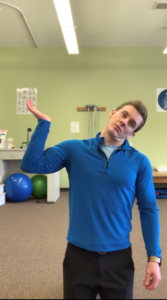
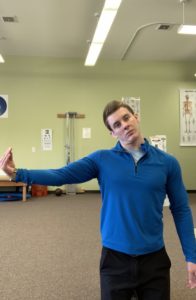
Lastly, you should perform some light stretching for the wrist/finger flexors. Perform both stretches, shown below, for three 30 second holds.
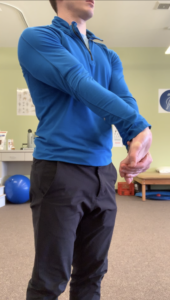
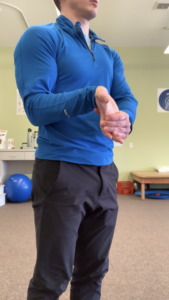
Once your symptoms start to calm down, you can then begin to incorporate some grip strength training.
If you have any questions about Carpal Tunnel Syndrome, or how Physical Therapy can get you out of pain and back to doing what you love without medication, surgery, or multiple physician visits, email us at ryan.vannieuwenhuyze@usphclinic.com or call one of our clinics to speak with one of our expert Physical Therapists today!
Waterford office: 860-444-8713
Mystic office: 860-536-1699
Niantic office: 860-691-8960
